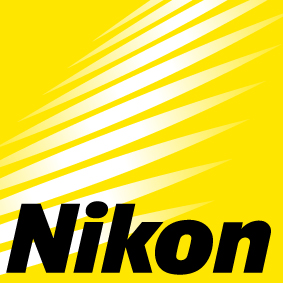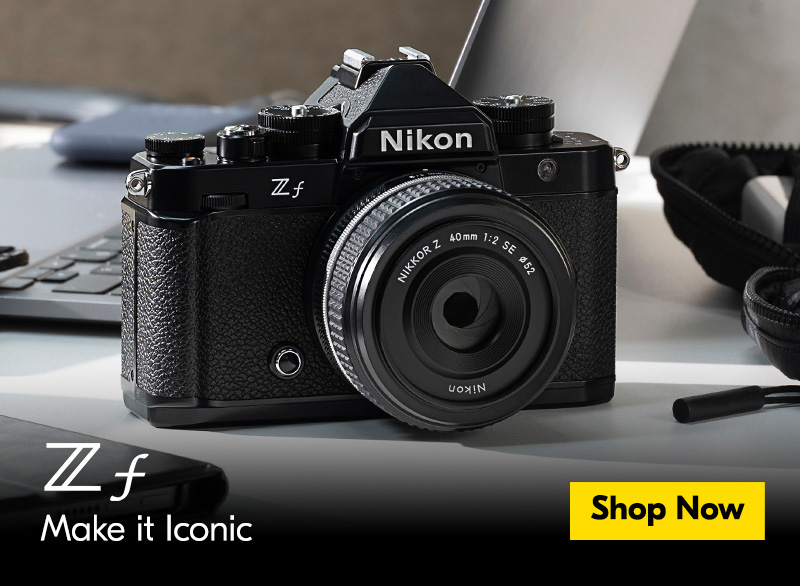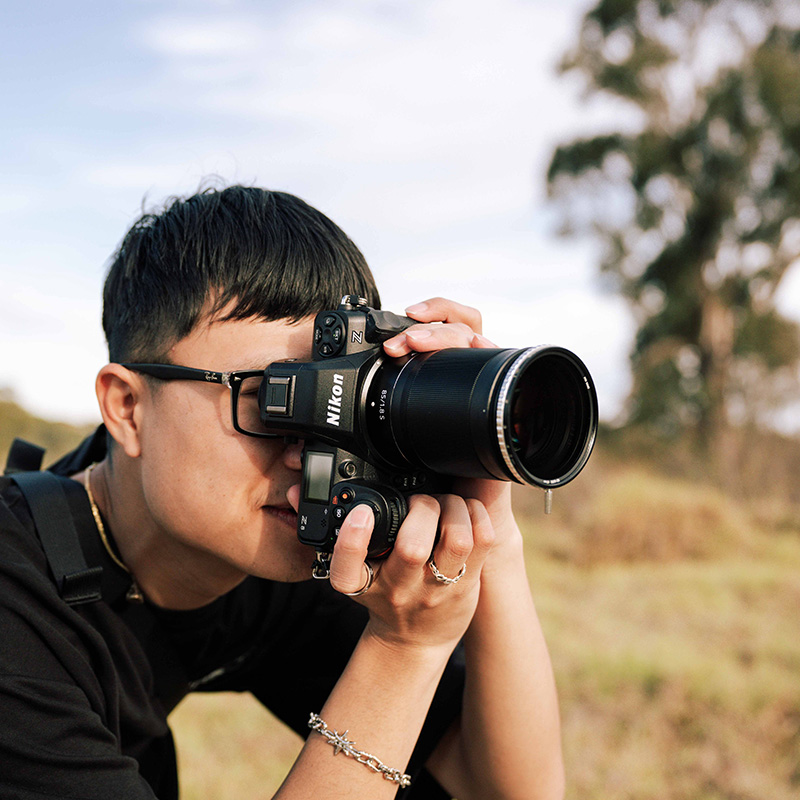Astrophotography: A Quickstart Guide for World Photography Day
Is there any more of an inspiring subject than the observable universe? Heesoo Chung would argue ‘no’.


Endeavouring into the world of photography, whether as a hobby or a profession, is one thing. Finding your authentic place within it is another. Sure, many end up Jacks and Jills of all disciplines, but in most cases a photographer will experiment in lieu of developing a passion for one in particular.
With that delicate dance in mind, we’re celebrating World Photography Day with a trio of discipline-specific deep dives with as many masters of their craft.
Astrophotographer Heesoo Chung is the living embodiment of this creative quest. The Sydney-based photographer first picked up a camera to preserve memories whilst backpacking through Asia. What began as a holiday became an immersive photographic origin tour, where Heesoo explored how to best capture natural landscapes, with a particular fondness for coastlines, mountains and waterfalls.
As he followed his instincts deeper into the wonders of nature, both his eyeline and his heart turned towards the skies at night. It was a logical creative progression - expanding from earth’s horizon to the endlessness of space. Here, Heesoo shares his unique take on the art of astrophotography.


What is astrophotography?
When you boil astrophotography (or astro) down to its core, it’s basically the capturing of various celestial bodies at night. When we say ‘celestial body’, we typically refer to stars, nebula, asteroids and the moon. However, I believe that specialised images of the sun and events such as the auroras also make the cut.
Within astro itself exists several subgenres – ranging from wide field (where you include a foreground such as a landscape, as well as the night sky) to deep space (where cameras are typically used in conjunction with star trackers and telescopes).
How did you become involved in astrophotography?
I’ve always loved stargazing, not just because of what you see, but how it makes you feel. Staring in awe and wonder at the vastness of space is very special – it strikes you with the humbling realisation of just how small a part of this universe you are. Looking up also connects us with time passed, with our ancestors, as I have no doubt that they did the same thing.
I took my first photo of the Milky Way with a small point-and-shoot camera, while I was travelling somewhere in rural The Philippines. Looking back at the shot now, it’s not great, but I was both proud and amazed at the time that I took it. Once back home, I went deep into landscape photography but as time went on, I ventured into astrophotography – which was an easy transition given how lucky we are to have dark skies in Australia. We live in a country that is just perfect for astrophotography.


What gear do you need to get started?
Before I get into specifics, I want to stress that if my little point-and-shoot can capture the Milky Way, most cameras and lenses will be fine as a starting point. There’s no reason you can’t go out there and start shooting tonight!
That being said, certain gear can make a whole lot of difference in terms of ease while shooting and the quality of the result.
In my opinion, a more recent camera with a full-frame sensor, paired with a wide-constant aperture lens, makes for a solid option. When I say wide-constant aperture, I mean lenses that allow you to shoot at very wide apertures such as f2.8 or higher, because they let a ton of light into the sensor regardless of your focal length.
Full-frame cameras tend to provide a higher quality base, and newer models allow you to see a lot more detail through the rear display, which makes focusing in the dark much less of a guessing game. In my astro practice, I like to include foreground elements (such as landscapes) against the night sky, so the Nikon D750 with a AF-S NIKKOR 14-24mm f/2.8G ED lens is perfect for me.
If you want to go further, another bit of helpful gear is an intervalometer/remote shutter release, which is required when creating star trail images (where you capture multiple —hundreds and sometimes thousands— of images over a long period of time). Further still would be to get a star tracker, and then a telescope. But in reality, all of this extra gear depends on what you want to shoot and how deep into astrophotography you want to go.
Oh, and it goes without saying that a tripod is a must, as your shots will be taken at shutter speeds in the seconds or even minutes.


Which settings should you use?
Every shot will require different settings depending on different variables. These variables can include: amount of light pollution, the kind of lens and focus length, whether the image will be a composite, and what elements of space you’ll be photographing (the Milky Way? The moon? Star trails?).
For shots of the Milky Way, I start out with an ISO of 1600 and the aperture set as wide as my lens will allow.
Astrophotography is a game of maximising light collection, and of compromise. The night sky (stars, sun, moon) moves, so you need to choose the longest shutter speed that you can get away with, without the stars becoming blurred.
For shutter speed, I like to use the “500 rule”, which is a simple way to calculate the maximum seconds that you can shoot for before the stars begin to blur. Simply divide 500 by your planned focal length. So, if I was shooting at 14mm, I would divide 500 by 14, and get about 36. Using this as a guide, I would know that I can safely shoot at up to 36 seconds. I tend to shoot at a slightly faster speed just in case. If I was shooting at 70mm – 500 divided by 70 allows me 7 seconds. You get the point.
From here, I would shoot a test image and adjust the ISO depending on light pollution levels. If the test image is too bright, I would lower my ISO slightly.


Astrophotography in 7 tips
Weather
Before heading out, always check the weather. The most obvious reason for this is because you need to be able to see the stars before they can be photographed. A clear sky with a new moon is your best friend here. A full moon can radiate too much light pollution to get the best results (unless, of course, you’re going for that look, which is fine!).
A less obvious reason to check the weather is for your safety. Consider variables such as temperature, wind speeds and tide levels. Make sure you bring enough warm clothing, so that you’re safe if the wind picks up or the tide rises.
Planning
If there’s anything that can make or break your image, it’s planning. If possible, scout out the area where you plan to shoot during the day in order to get a clear idea of how to navigate through it, any possible compositions, as well as the eventual alignments of the Milky Way or the moon.
A smartphone application that I’ve found especially useful is Photopills, which allows you to look up exactly when and where the Milky Way will appear, so that you can create whatever shot you happen to have in your head.


Tell someone where you’re going
When shooting in nature, alerting others as to your planned whereabouts is a habit you should already have formed. But it’s even more important here, as you’ll be operating in the dark. Your depth perception will be hindered and your overall balance may be impaired, both of which increase your risk of falling. Make sure you tell someone your plans, or at the very least keep someone updated with messages like “hey, I’ve just arrived on location” and “I’ve made it back to the car”.
Focusing
Finding focus in the dark can be a pain. First, switch off autofocus. Second, turn on your camera’s rear display. Third, use your camera’s digital magnifier to zoom into the brightest visible star. From here, adjust your focus ring until the star sharpens. You’re now focused for the stars, so make sure not to bump the ring, and get into the habit of checking your focus every time you line up a new composition.
Note well that newer full-frame models will benefit the most from this process. It’s much more difficult to see stars clearly on the screens of older models.


Manners / etiquette
Manners? What am I talking about?
I’m talking about your flashlights and headlights. I’m not refuting that it’s necessary to be able to see where you’re walking and what you’re doing. But imagine this: you’ve spent time and effort pre-visualising a certain shot. You’ve figured out when and where the Milky Way is going to appear. It’s finally dark, the sky is clear and moonless, the Milky Way is aligned. You’ve got your camera set up and the settings are dialled in. It’s go time!
Finally, you hit that shutter button and before you know it some photographer near you flash their lights everywhere or worse, in the direction of your lens. Your shot is ruined. You tell yourself that it’s okay because you’re shooting digital and can take another shot. But then every time you press that shutter again, someone else flashes their lights.
What I’m saying is that you need to be mindful of where you point your flashlight when shooting with others, and encourage others to do the same. Everyone will walk away from the shoot much happier and satisfied.
The tripod head
If there’s ever an overlooked piece of gear, it’s the tripod head. It’s easy to get your hands on any tripod and think that the box is ticked. But it’s important to consider the weight-holding capacity of the ball head of your tripod. I’ve found that smaller ball heads with lighter weight ratings can sometimes drift slightly, which is usually fine when shooting a sunrise but when you’re working with longer shutter speeds over longer periods of time, a ball head that is too small becomes a limiting factor. The ball head I currently use is rated for 35kg, which might seem overkill for holding my specific camera and lens, but it guarantees that you won’t experience any drifting.


Factoring in post-processing
When photographing the night sky, there are some limitations to most cameras, especially if you’re including foreground elements. If you expose for the sky, the landscape will end up very dark and when you try to raise the shadows of that landscape in post processing, it will often come out very noisy.
To get around this you can take an exposure for the sky and then take another exposure for the foreground and merge the two in Photoshop. You’ll have to play around with the shutter speed for the foreground image and I recommend using an intervalometer in combination with the BULB setting on your camera to leave the shutter open for longer than 30 seconds. Try leaving the shutter open for 5 minutes as the test shot and adjust from there.


Enjoy it!
This is something I still have to remind myself. It’s easy to forget the importance of enjoyment while you’re going through the shooting process, but it’s important to take a moment and take it all in! What’s the point otherwise? In fact, the benefits of consciously enjoying the moment go beyond the shoot – I’ve found that my post processing is much better informed, as I’m more likely to remember the key points I want in my final image. When you’re present you have the space to absorb what it's like being there, what you saw and felt at the time, and which details really stood out.
What makes a great astrophotography image?
Personally, I follow three general rules when taking photographs of the astro variety.
Firstly, the position of the celestial bodies should be true. By this I mean that the position of bodies such as the Milky Way should be realistic – truly relative to the location and time of year. In other words, if a fellow photographer were to be shooting beside you, they should capture the same alignment.
Secondly, all frames used for the final output image should be captured in the same session, whether that session was only an hour or —as you’ll see in the below image— 12 hours long.
Lastly, the image should reflect the visual weight of the celestial body, and feel balanced. It’s one thing to include the Milky Way in a shot, but it’s a whole other thing to create an image that nicely balances the elements in the frame. While this rule can add a level of difficulty to an already difficult discipline, it does help you produce much more visually engaging images.







